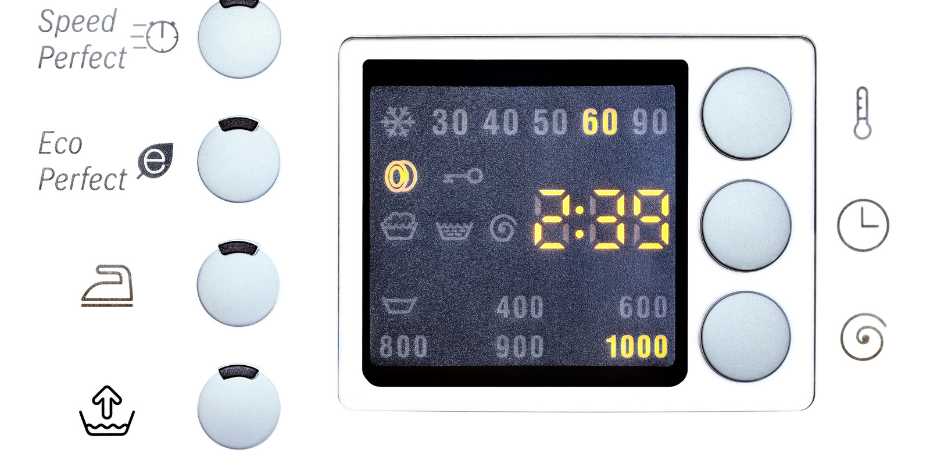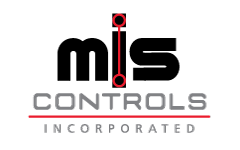
Empowering Industry: The Crucial Role of Human-Machine Interface (HMI) in Modern Control Panels
In the ever-evolving landscape of industrial automation, control panels have become the nerve center of complex processes. At the heart of these panels lies the Human-Machine Interface (HMI), a critical component that enables seamless communication between human operators and the machinery. In this blog post, MIS Controls sheds light on the indispensable role of HMI in modern control panels and its impact on efficiency, safety, and productivity.
What is HMI?
The Human-Machine Interface (HMI) is the bridge that connects operators to industrial machinery and processes. It’s the visual, interactive interface that allows users to monitor, control, and interact with various elements of the system. HMI presents data in a comprehensible format, making it easier for operators to make informed decisions and take necessary actions.
Enhanced User Experience
The modern HMI goes beyond buttons and switches. Touchscreens, graphical displays, and intuitive icons have transformed the user experience. Operators can access real-time data, visualize trends, and receive alerts through user-friendly interfaces. This leads to quicker response times, reduced human errors, and improved process control. For instance, in a wastewater treatment plant, operators can monitor flow rates, chemical dosing, and tank levels, all from a single HMI screen.
Data Visualization and Analysis
HMI empowers operators by presenting complex data in an easily understandable format. Graphs, charts, and color-coded indicators provide insights into system performance at a glance. This data-driven approach enables operators to identify patterns, deviations, and anomalies, facilitating timely interventions and efficient decision-making. In manufacturing, an HMI can display production rates, quality metrics, and equipment statuses for quick analysis.
Remote Monitoring and Control
Modern control panels equipped with HMIs can often be accessed remotely. This capability allows operators to monitor processes and make adjustments even when they’re not on-site. For instance, in an energy distribution network, remote HMI access enables engineers to manage power distribution, troubleshoot issues, and ensure a reliable power supply from a centralized location.
Safety and Compliance
HMIs play a crucial role in ensuring operator safety. Critical alarms, emergency shutdowns, and safety protocols can be prominently displayed on the HMI, allowing operators to take immediate action in case of emergencies. Additionally, HMIs can guide operators through complex procedures step by step, reducing the risk of errors. In hazardous environments like chemical plants, a well-designed HMI can prevent accidents and protect human lives.
Conclusion
In the realm of modern control panels, the Human-Machine Interface stands as the link that empowers operators to oversee intricate processes with confidence. MIS Controls understands that a well-designed HMI enhances user experience, improves efficiency, ensures safety, and elevates productivity. As a leading control panel assembly company, we prioritize integrating advanced HMIs into our panels, ensuring that our clients reap the benefits of seamless communication and control. Contact MIS Controls to explore how our expertise in HMI design and integration can optimize your industrial operations.
